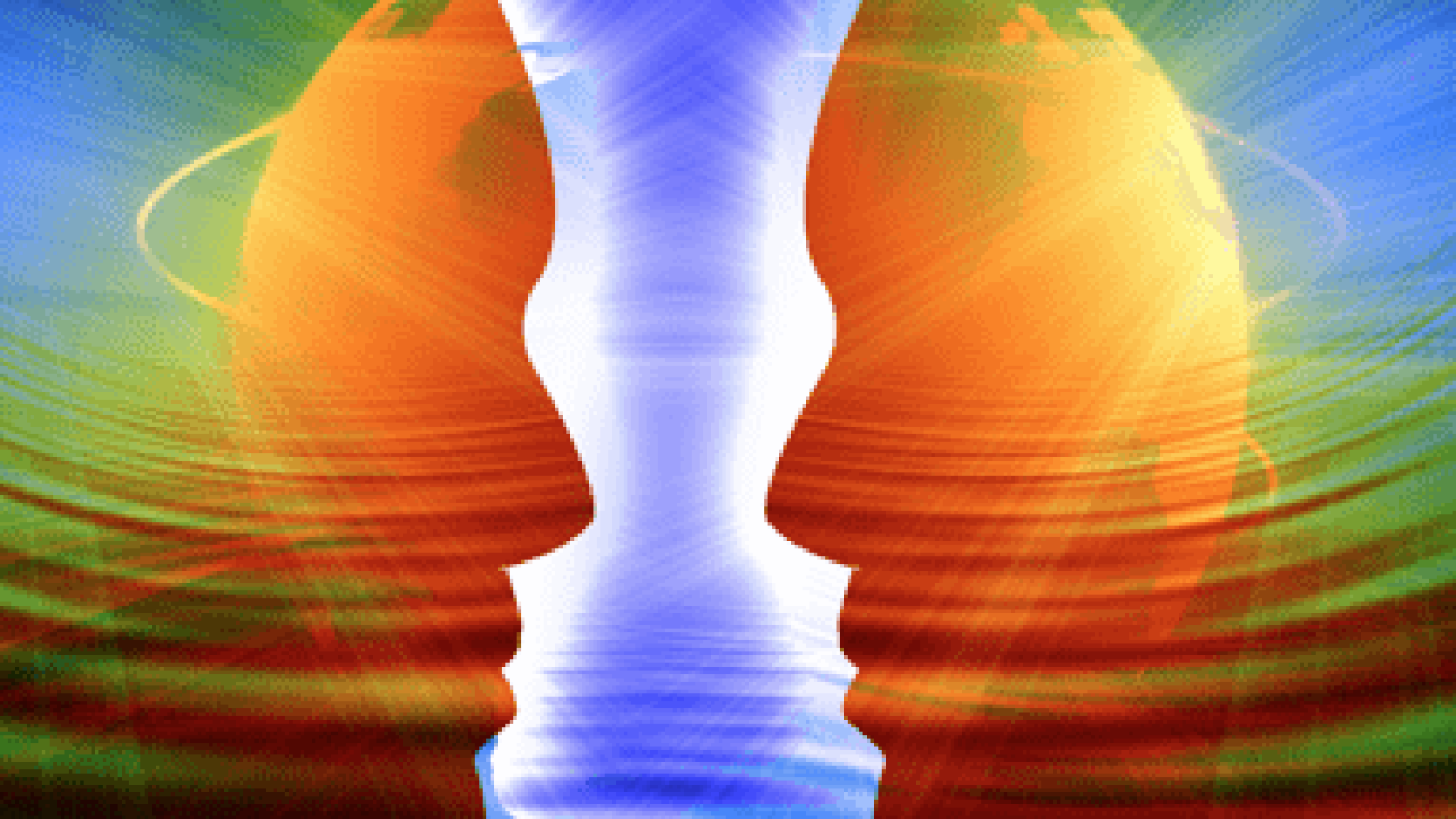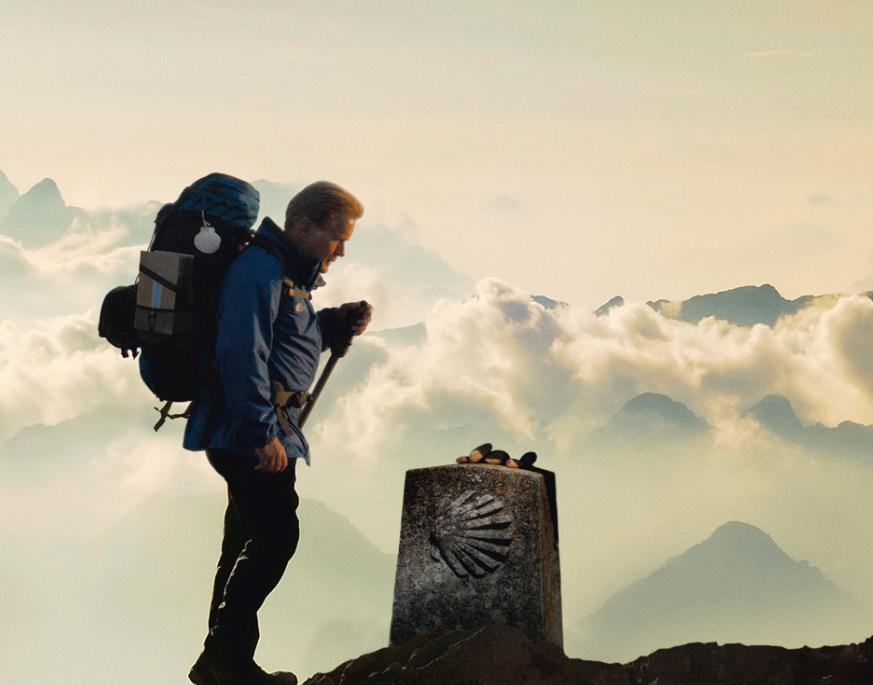Healing Your Pets

Our pets are truly life companions that are there to support us just as much as we are there to support them. You can create a mutually beneficial and healing relationship with your pet and offer your animal companion exactly what it needs – you just need to learn to accept its communication.
Here are just a few quick tips…
Even if you’re not sure what your pet is trying to communicate to you, you can still move forward to healing them with touch. Animals are far more responsive than humans to touch because they are less blocked than we are.
If you feel your pet is in need of healing, you can place your hands on the animal and focus healing energy their way. This doesn’t replace the treatment or procedures your vet may be doing for the animal, but will complement them.
Healing can also be done at a distance. As you probably already know, animals are extremely sensitive to any changes in their energy field and respond incredibly well to healing touch.
How Do You Heal Your Pet With Touch?
Here is a simple way to create a daily routine of healing your pets through touch.
- Close your eyes and take a deep breath. Rub your hands together until they are warm and tingling.
- Visualize a healing light flowing from your hands into your cat or dog, as you focus your love for your pet into the flow of energy.
- Try doing this for ten minutes a day.
And even though the word is visualization, it’s really the feeling that’s important, not anything you might or might not be seeing.
Healing Your Pets With Sound
Animals also respond to sound healing.
They hear more octaves and tones than humans do and are very affected by soothing calm music, which reduces their pain and anxiety.
Tibetan singing bowls can generate tones that particularly affect animals in a beneficial way.
Master Your Pet Healing Skills
Just as you would with your own children, feel free to explore other types of healing for your pets.
In the end, you are the very best judge of what they need. Use your intuition and know in your heart that you are helping them.
With a bit of knowledge and practice, you can master these healing skills, you can fulfill your pet’s needs, and you can may even realize that you have more than one life to share with your dear companion.
If you’d like to fast-track your learning and mastering of these skills, consider our Communicating with Pets and Animals course. It will provide you with all the valuable information you need to become the kind of healer that your pet needs. Click here to learn more >>









